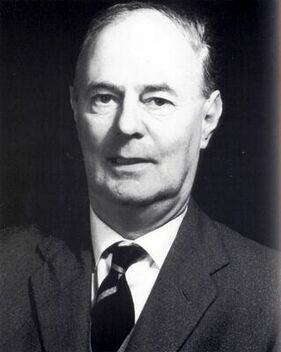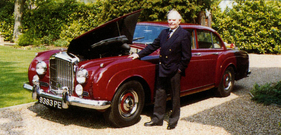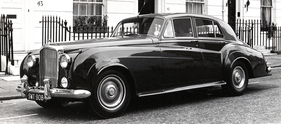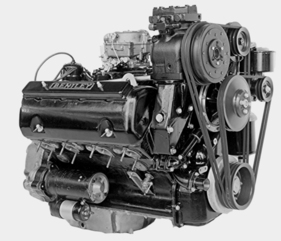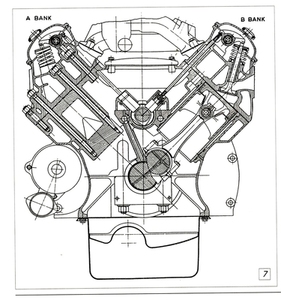Rolls-Royce and Bentley V8 - Retirement at 61
Summary
When a new engine was needed for the best cars in the world after the war, the engineers at Rolls-Royce opted for a rather un-British V8. Although the designers had their usual high standards, they could hardly have imagined that the engine, developed from scratch, would power Rolls-Royce and Bentley cars for over 61 years. This article tells the story of the development of the light-alloy V8 from Crewe.
This article contains the following chapters
- Same problem, 60 years earlier
- No flying V8
- D is followed by L
- Bushings and sumps
- Hemi-Rolls
- Built to last, difficult to maintain
- Slim thanks to inclined valves
- The largest engine in Europe
- Farewell with 1100 Nm
Estimated reading time: 11min
Preview (beginning of the article)
A great engine that has repeatedly delayed its retirement was finally retired a year and a half ago. The L-Series V8 engine, which made its debut in the Bentley S2 and Rolls-Royce Silver Cloud II in 1959, was kept alive by Bentley at the Crewe plant until 2020, after the company was taken over by the VW Group in 1998. Ironically, one of the most pressing issues that contributed to the sale of the company in the late nineties was the need for a completely new engine to replace the existing L410 V8 and the associated costs. In the summer of 2020, the 6¾-liter L410HT engine made its farewell appearance under the hood of a special series of the Mulsanne 6.75 Edition by Mulliner, limited to 30 examples. Its place as Bentley's flagship was taken by the new Flying Spur, which was powered by a six-liter twin-turbo W12 with 626 hp. The same engine is also used in the Continental GT, which can reach speeds of over 320 km/h.
Continue reading this article for free?
Photos of this article



































